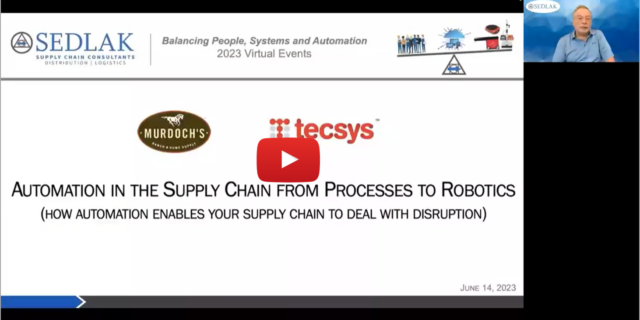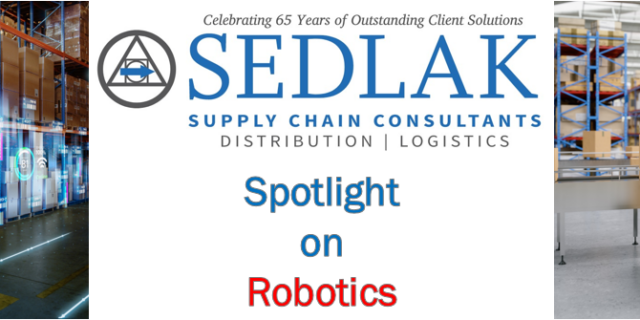Distribution Strategy and the Changing Dynamics of the Pharmaceutical Supply Chain (Part 1)
October 3, 2014 By: Senior Management | Topics: Healthcare, Supply ChainWith the fabric of healthcare distribution in flux, the challenge for pharmaceutical distribution executives is how to leverage distribution infrastructure to reduce costs, but maintain the flexibility needed to mitigate risk across the supply chain.
Sedlak Healthcare Practice Director Steve Simco examines the industry’s focus on distribution strategy in this five-part series:
- Dynamics in Pharmaceutical Distribution
- Market Shifts Impacting Pharmaceutical Distribution
- Optimizing Distribution Processes
- 5 Key Components of a Distribution Network Assessment
- Leveraging a Broader Perspective
PART 1: Dynamics in Pharmaceutical Distribution
Pharmaceutical distribution, as in any other industry, has its peculiarities that require specialized applications to keep products moving through the supply chain efficiently and shipped to the intended destinations on time. With pharmaceutical distribution, however, the requirements are extreme. For patients who are critically ill, receiving their medicines and antibiotics a day or two late at the pharmacies, hospitals and critical care centers can literally be a life and death matter. Timely delivery is absolutely critical but, just as importantly, the order has to be accurate…there is no margin for error in the distribution of pharmaceuticals.
The bulk of pharmaceutical orders, both prescription (RX) and over-the-counter (OTC) products, are in small quantities, and packaged and delivered for individual drug stores, hospitals and healthcare centers. Some of the products are controlled substances requiring strict handling under FDA and DEA regulations. In this case, the systems for moving the products through every part of a distribution center, from receiving to inventory to shipping, must comply with tight security protocols. Many of the products are refrigerated or frozen, and need to be handled in temperature- or humidity-controlled environments requiring same-day or next-day delivery, or require a combination of special handling activities. Such constraints are endemic to the pharmaceutical distribution cycle.
Distributors typically distribute to independent retail pharmacies, national and regional chains, hospitals, clinics, pharmacy benefit managers, prescription mail order facilities, physician offices and long-term care facilities. But, an increasing number of distributors are focusing on specialty pharmaceutical products for physicians and patients, handling such drugs as rheumatology and nephrology products, vaccines and biopharmaceuticals, oncology drugs, and plasma derivatives including albumin, immunologic products, hyper-immune globulins and antihemophilic factors, and other critical specialty products like surgical items. More than 30,000 different pharmaceutical, and associated products, including milk formula, nutritional items, beauty products and paper products, are distributed within the supply chain. In large distribution centers, 90 percent of this inventory is stored by the case or individual units, and 10 percent by pallet-load.
Servicing both pharmaceutical manufacturers and healthcare providers in the supply channel, pharmaceutical distributors strive to provide drug distribution and related services designed to reduce distribution costs and improve patient outcomes. Such service solutions extend into pharmacy automation, product packaging and consulting services.
In my next post, we’ll explore the market shifts currently impacting pharmaceutical distribution.
Sedlak Management Consultants is a supply chain consulting firm specializing in distribution consulting. Founded in 1958, Sedlak’s broad experience in network strategy, facility design, distribution/fulfillment, and information systems allows us to integrate the latest technology, best practices and industry benchmarks to help our healthcare clients achieve supply chain excellence.
We hope that you will find the insights contained in this series helpful to your business. If there is any way we can be of assistance with your supply chain and logistics strategy development, please feel free to contact us by filling out the form below.





